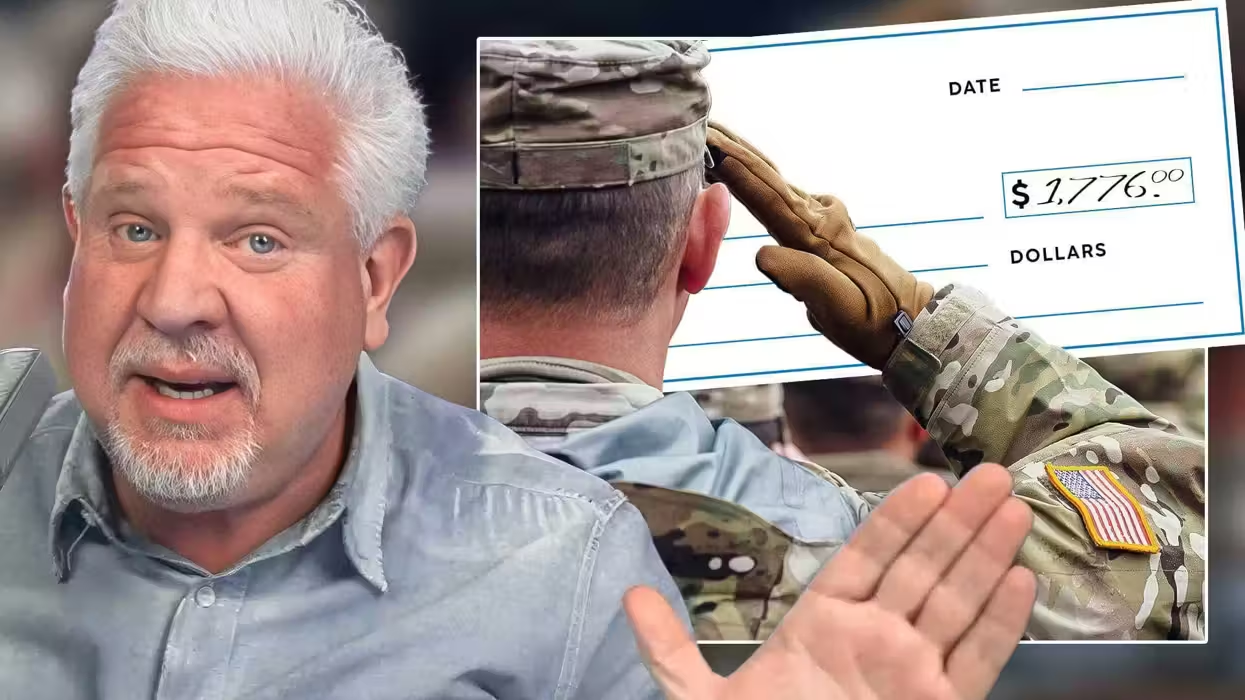
© 2025 Blaze Media LLC. All rights reserved.
The high court’s late June edict in Shelby County (AL) v. (US Attorney General Eric) Holder is a mixed bag at best for conservatives.
Contrary with much of the political opinion and analysis offered after the Supreme Court’s latest election law ruling, weakening the Voting Rights Act (VRA) does not automatically help Republicans.
In actuality, and due to several underlying circumstances, the high court’s late June edict in Shelby County (AL) v. (US Attorney General Eric) Holder is a mixed bag at best for conservatives. Even though some key positive election legislation has already taken effect because of the court’s action - various suspended laws requiring proof of identity to vote are now enforceable, for example - the Republicans’ grip on the US House of Representatives and many southern state legislatures could loosen in the next redistricting, or sooner in some places.
 (AP)
(AP)
The 5-4 Supreme Court majority invalidated Section 4 of the Act, but all other provisions remain alive. Section 4 contains the triggering mechanism for establishing when a jurisdiction falls under federal election law supervision. The passage empowered the Department of Justice, through the Act’s other sections, to invoke preclearance status over every election-related law within a covered jurisdiction. Its role is most prominent in redistricting cases, but the pervasive preclearance authority even comes into play over laws that only tangentially and indirectly affect voting.
The court’s problem with Section 4, brought forth in the Shelby County plaintiff arguments, is the outdated way in which the VRA captures jurisdictions. Even though Congress reauthorized the Act in 2006 for the succeeding 25-year period, the body did not change the triggering mechanism for inclusion when doing so. Therefore, until the court acted on June 25th, the voting and turnout patterns determined in the 1972, ’68, and ’64 presidential elections still determined whether VRA coverage became effective.
The plaintiffs argued that forcing jurisdictions such as Shelby County to adhere to voting patterns from 40+ years ago is constitutionally vague and over broad. They further illustrated that, since Congress extended the current Act through 2031, jurisdictions eighteen years from now will still be subjected to the election participation rate established, in some instances, 67 years earlier. The five Republicans on the court agreed with the plaintiffs and urged Congress to update the formula.
The Voting Rights Act became law in 1965, and its purpose was to eliminate voting practices and procedures that inherently discriminated against minority groups, thus discouraging them from electoral participation. Originally, six states fell under DoJ election supervision, not coincidentally Alabama, Arizona, Georgia, Louisiana, Mississippi, and South Carolina, the only places to support Republican Barry Goldwater over Democrat Lyndon Johnson in the 1964 presidential election. Since that time, three more states have been added: Alaska, Texas, and Virginia, as well as localities in California, Florida, Michigan, New York, North Carolina, and South Dakota.
But the kicker comes from what might be termed, “unintended consequences." Since the triggering mechanism is now constitutionally invalid, the Department of Justice no longer has the power to grant or deny election law preclearance. Because the federal government has no authority to invalidate state law, denial of preclearance acted like an injunction. Effectively stripped of the power to preclear, the state laws previously blocked automatically took effect upon the Supreme Court’s ruling.
This situation could, in short order, affect three places currently litigating redistricting lawsuits: Florida, North Carolina, and Arizona. Should the state lose, congressional and state legislative boundaries might be redrawn, perhaps for the 2014 election. In Florida and North Carolina, Democrats would likely benefit. In Arizona, Republicans could gain.
The Florida situation would be particularly troubling for conservatives, and could jeopardize the House Republican majority. In 2010, Floridians passed a voter initiative that enacted many new, stringent criteria for drawing districts. The initiative, however, conflicted with the Voting Rights Act and the state Supreme Court ruled that the former took precedence, thus the congressional map that would elect 17 Republicans from 27 districts was legal. Without an enforceable Voting Rights Act, the Leon County (Tallahassee) plaintiff’s position, with a trial scheduled for January, is strengthened exponentially.
If the Florida lines are ordered redrawn, the initiative's county line provision takes effect. The county line rule intends for the entity to be kept whole within a district, unless for population and certain VRA reasons the boundary must be penetrated. Florida has seven counties that are bigger than a congressional district, and those jurisdictions should hold ten complete CDs. Under the current map, only two districts are fully contained within a county. Therefore, a redraw order would mean radical change to the best Republican map in the country.
Two of the districts split among multiple counties belong to African-Americans. Should the lines be reconfigured there is a good chance that both Reps. Corinne Brown (D-Jacksonville) and Alcee Hastings (D-Miramar) would lose their seats to white Democrats, once the districts are brought fully into Duval and Broward County, respectively. The changes would also send highly loyal Democratic African-American voters into adjacent Republican districts, thus potentially electing white Democrats in those seats, too.
If the aforementioned Florida scenario unfolds, then other states that have county line laws will also be affected in major ways. Therefore, despite a lack of synergy between minorities and Republicans electorally in recent years, the recent Supreme Court ruling may bring the two together like never before.
Jim Ellis is a professional election analyst who has worked in national campaign politics and grassroots issue advocacy since 1978. He currently writes and speaks as a member of the PRIsm Information Network.
--
More Contributions From TheBlaze:
Want to leave a tip?
We answer to you. Help keep our content free of advertisers and big tech censorship by leaving a tip today.
Want to join the conversation?
Already a subscriber?
more stories
Sign up for the Blaze newsletter
By signing up, you agree to our Privacy Policy and Terms of Use, and agree to receive content that may sometimes include advertisements. You may opt out at any time.
Related Content
© 2025 Blaze Media LLC. All rights reserved.
Get the stories that matter most delivered directly to your inbox.
By signing up, you agree to our Privacy Policy and Terms of Use, and agree to receive content that may sometimes include advertisements. You may opt out at any time.






